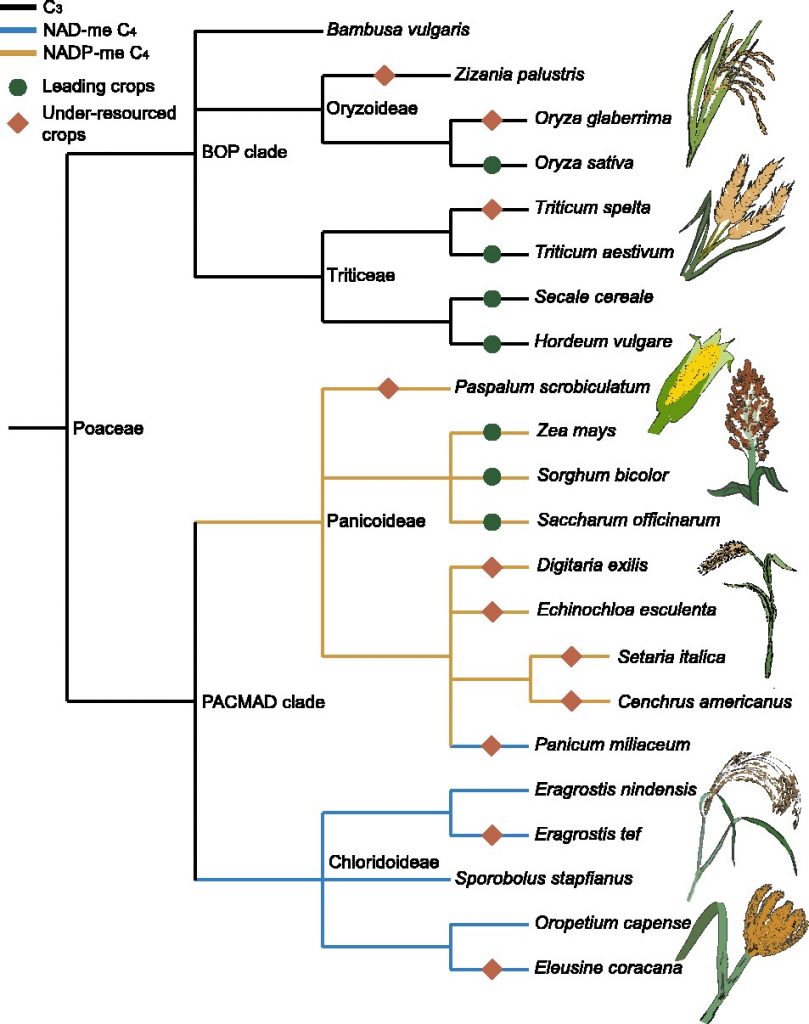
Review: Evolutionary innovations driving abiotic stress tolerance in C4 grasses and cereals (Plant Cell)
Plant Science Research WeeklyGrasses fall into two clades, the more temperate BOP clade of C3 grasses (Bambusoideae, Oryzoideae, and Pooideae subfamilies), and the more tropical PACMAD clade of C3 and C4 grasses (Panicoideae, Arundinoideae, Chloridoideae, Micrairoideae, Aristidoideae, and Danthonioideae subfamilies). This review,…
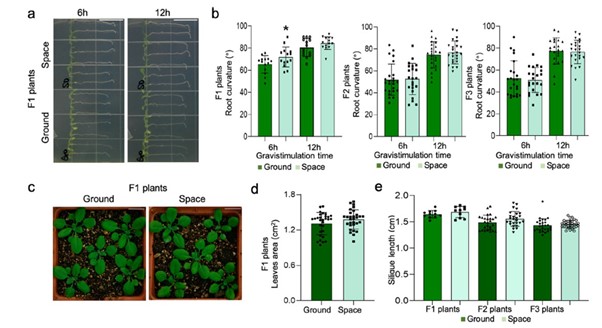
Potential evidence for transgenerational epigenetic memory in Arabidopsis thaliana following spaceflight (Commun. Biol.)
Plant Science Research WeeklyTransgenerational memory can occur through epigenetic regulation of gene expression (for example through DNA methylation) when plants have been exposed to abiotic stresses. Transferring a specific biochemical adaption to the next generation of plants can help the plant counter stress. Here Xu et al.…
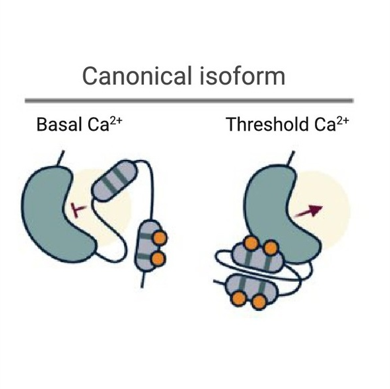
Review: Alternative splicing as conserved mechanism to regulate CDPKs? ($) (TIPS)
Plant Science Research WeeklyCalcium-dependent protein kinases (CDPKs/CPKs) are an interesting class of proteins present in plants, algae and some protists that are thought to “sense” and “respond” to spikes in intracellular Ca2+ signaling events. While multiple mechanisms have been proposed to be involved in the regulation…
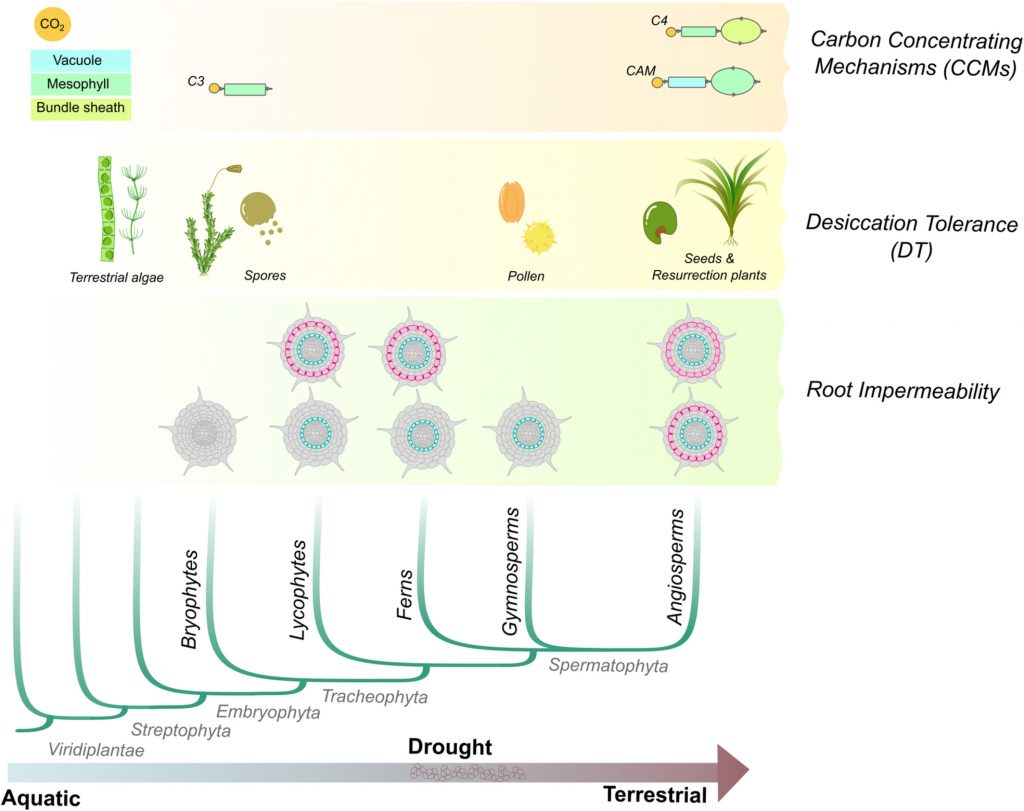
Review: Convergent evolution of gene regulatory networks underlying plant adaptations (Plant Cell Environ.)
Plant Science Research WeeklyThe transition from aquatic to terrestrial habitats exposed plants to low water availability, high light, radiation, and other environmental challenges. To overcome these challenges, plants developed morpho-physiological adaptations to tolerate dry environments and make photosynthesis more efficient.…
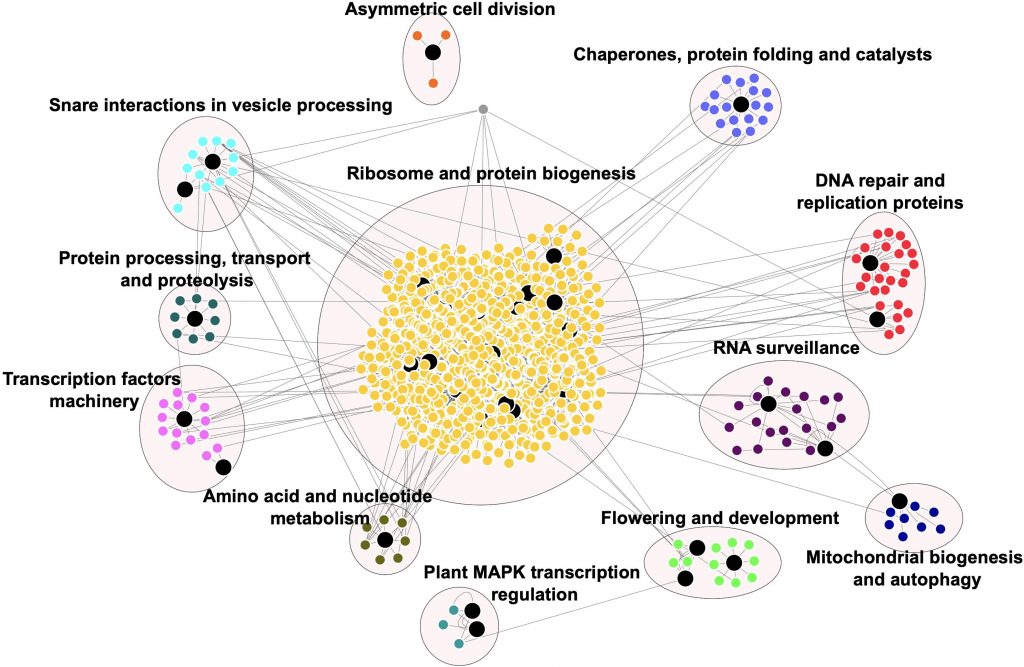
Complex networks of prion-like proteins reveal cross talk between stress and memory pathways in plants (Front. Plant Sci.)
Plant Science Research WeeklyPrions were first identified as the infectious protein agents causative of Creutzfeldt-Jakob disease or bovine spongiform encephalopathy (mad cow disease); when individuals eat something containing these prion proteins, the prion proteins induce conformational changes in their brains leading to neurological…
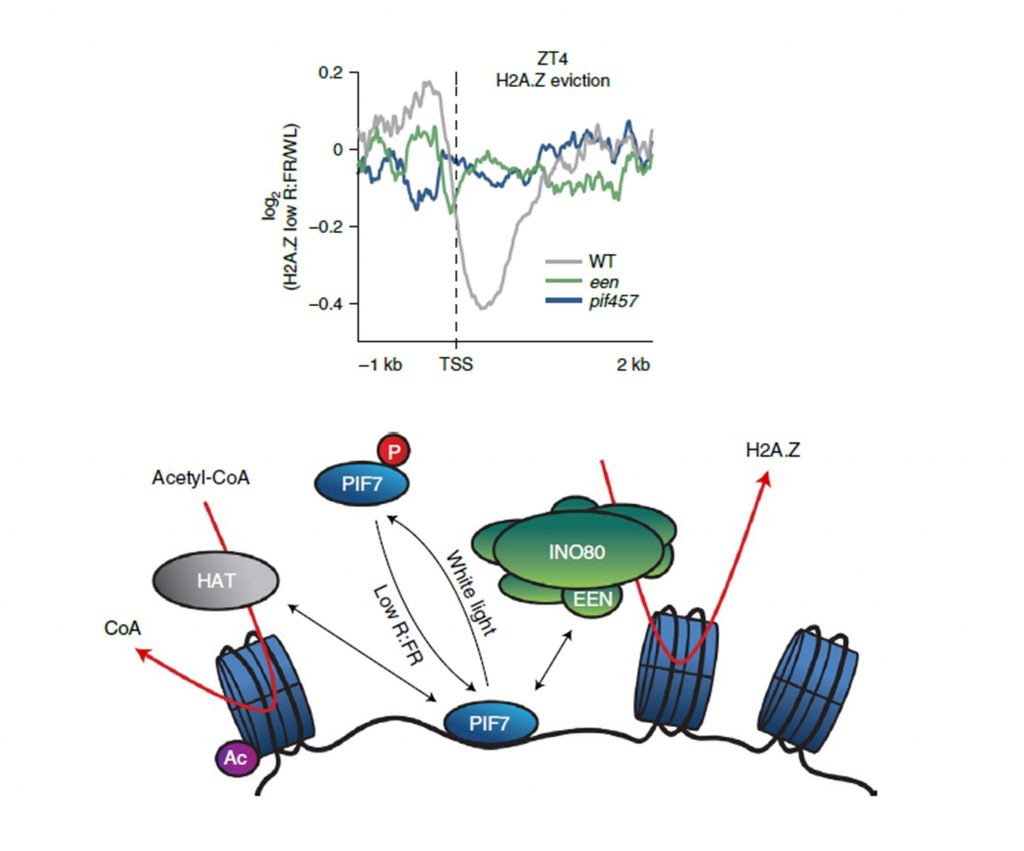
PIFs link environmental changes with chromatin dynamics (Nature Genetics)
Plant Science Research WeeklyPHYTOCHROME INTERACTING FACTORS (PIFs) play a pivotal role in mediating the responses of plants to various environmental stimuli. Although the importance of PIFs in shade avoidance response is well known, the relative contributions of different PIFs have not been discretely determined. In a recent study,…
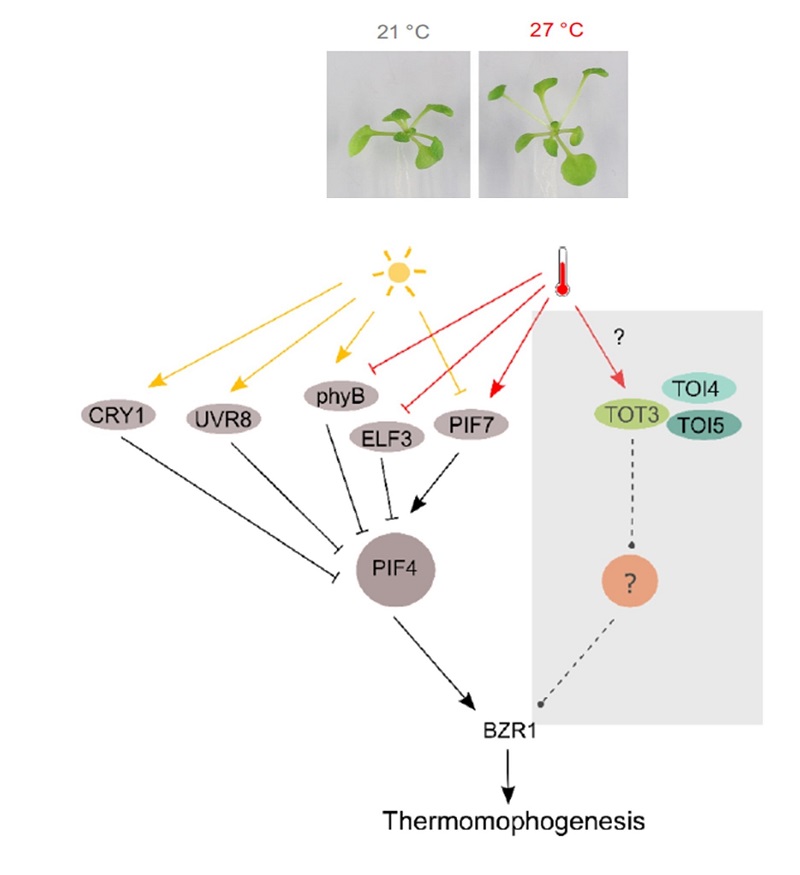
A TOTally new pathway regulating thermomorphogenesis (Nature Comms)
Plant Science Research WeeklyIncrease in ambient temperature often causes remarkable changes in the shape and organization of plant body, including elongation of hypocotyl and petioles, early flowering, and reduction in stomatal index, collectively known as thermomorphogenesis. Virtually all the molecular pathways that are known…
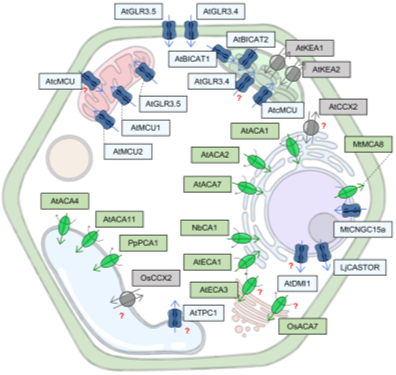
Review: One cell, many signatures: Organellar Ca2+ signaling (Plant Physiol.)
Plant Science Research WeeklyCalcium ions (Ca2+) occupy a primary position in plant cell signaling processes by virtue of their role as the so-called second messengers. Ca2+ signaling underlies plant response to various abiotic, biotic and developmental cues. Whilst this Ca2+ signaling was thought to predominantly occur in the cytoplasm,…

Plantae Presents: Sophia Stone and Sjon Hartman
Blog, Plantae Presents, Research Skills0 Comments
/
Plantae Presents: Sophia Stone and Sjon Hartman
Recorded April 14
Sophia Stone: The ubiquitin-proteasome system at the crossroads of abiotic and biotic stress tolerance
Sophia Stone earned her PhD at York University, Canada, and completed an HFSP long-term fellowship at the University…

